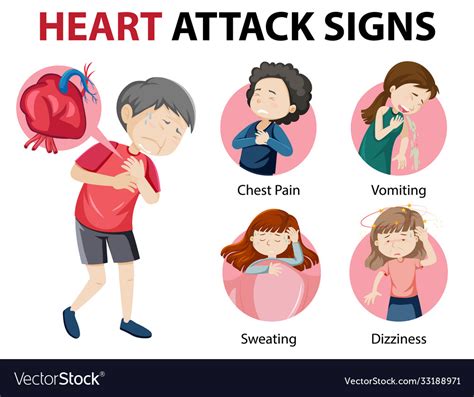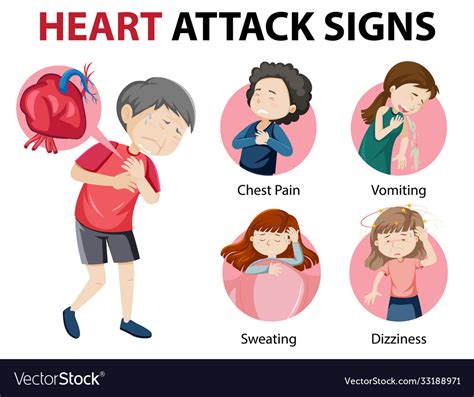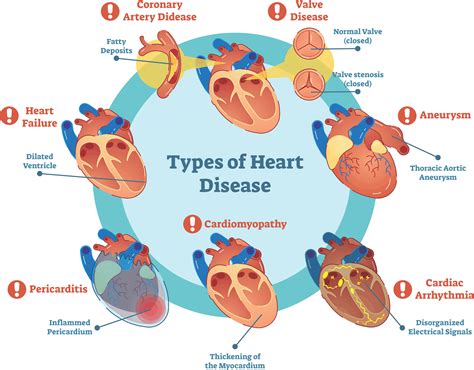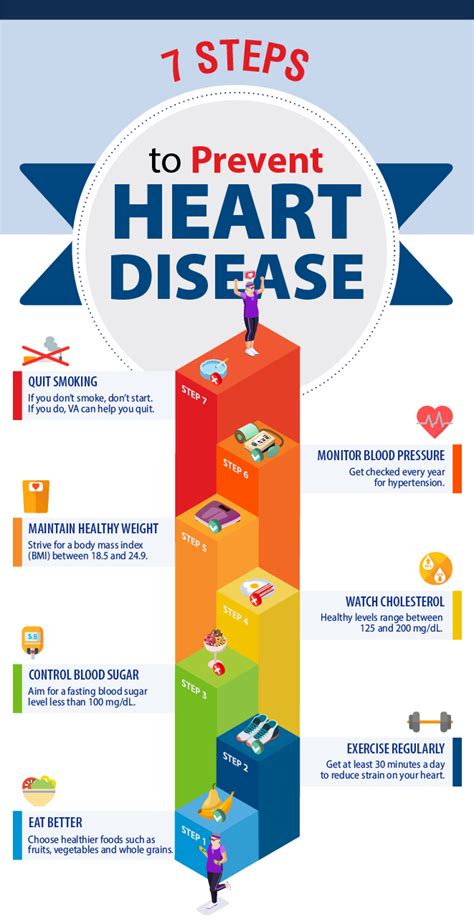Intro
Learn heart attack signs in women, including silent symptoms, chest pain, and shortness of breath, to recognize cardiovascular disease and prevent cardiac arrest, empowering female heart health awareness.
Heart disease is a leading cause of death worldwide, and it's essential to recognize the signs and symptoms to prevent and treat it effectively. While heart attacks are often associated with men, women are also at risk, and their symptoms can be different. Understanding heart attack signs in women is crucial for prompt medical attention and improved outcomes. The importance of recognizing these signs cannot be overstated, as it can mean the difference between life and death. In this article, we'll delve into the world of heart health, exploring the unique signs and symptoms that women may experience during a heart attack.
Heart disease is a complex condition that affects the heart and blood vessels, and it's not just a matter of clogged arteries. It's a multifaceted issue that involves various factors, including lifestyle, genetics, and environmental influences. Women, in particular, are more likely to experience non-traditional symptoms, which can make diagnosis and treatment more challenging. By understanding these differences, we can work towards creating a more inclusive and effective approach to heart health. The journey to better heart health begins with awareness, and it's essential to recognize the signs and symptoms that may indicate a heart attack in women.
The signs and symptoms of a heart attack in women can be subtle and varied, making it crucial to be aware of the potential warning signs. Unlike men, who often experience severe chest pain, women may experience a range of symptoms, including shortness of breath, nausea, and fatigue. These symptoms can be mistaken for other conditions, such as indigestion or the flu, which can lead to delayed medical attention. It's essential to listen to your body and seek medical help if you experience any unusual or persistent symptoms. By being proactive and informed, you can take the first step towards protecting your heart health.
Understanding Heart Attack Signs in Women

Risk Factors for Heart Disease in Women
The risk factors for heart disease in women are multifaceted and include a range of genetic, lifestyle, and environmental factors. Some of the most significant risk factors include: * Family history of heart disease * High blood pressure * High cholesterol * Diabetes * Obesity * Smoking * Physical inactivity * Stress These risk factors can increase a woman's likelihood of developing heart disease and experiencing a heart attack. By understanding these factors, women can take proactive steps to reduce their risk and protect their heart health.Signs and Symptoms of a Heart Attack in Women

Unique Symptoms in Women
Women are more likely to experience unique symptoms during a heart attack, which can make diagnosis more challenging. Some of the most common unique symptoms include: * Shortness of breath without chest pain * Nausea and vomiting * Fatigue or feeling weak * Pain or discomfort in the arms, back, neck, jaw, or stomach * Lightheadedness or dizziness These symptoms can be mistaken for other conditions, such as indigestion or the flu, which can lead to delayed medical attention. By understanding these unique symptoms, healthcare providers can develop more effective treatment plans and improve outcomes for women with heart disease.Diagnosing Heart Disease in Women

Treatment Options for Heart Disease in Women
The treatment options for heart disease in women depend on the severity of the condition and the individual's overall health. Some of the most common treatment options include: * Medications to lower blood pressure and cholesterol * Medications to prevent blood clots * Coronary angioplasty and stenting * Coronary artery bypass grafting (CABG) * Lifestyle modifications, such as diet and exercise These treatment options can help improve outcomes and reduce the risk of heart disease in women. By understanding the unique symptoms and risk factors that affect this demographic, healthcare providers can develop more effective treatment plans.Preventing Heart Disease in Women

Reducing Risk Factors
Reducing risk factors is essential for preventing heart disease in women. Some of the most effective ways to reduce risk factors include: * Managing high blood pressure * Lowering cholesterol * Controlling diabetes * Quitting smoking * Reducing stress These strategies can help reduce the risk of heart disease and improve overall health. By understanding the unique symptoms and risk factors that affect women, individuals can take proactive steps to protect their heart health.Conclusion and Next Steps

What are the most common symptoms of a heart attack in women?
+The most common symptoms of a heart attack in women include chest pain or discomfort, shortness of breath, nausea and vomiting, fatigue, and pain or discomfort in the arms, back, neck, jaw, or stomach.
How can I reduce my risk of heart disease?
+You can reduce your risk of heart disease by maintaining a healthy weight, eating a balanced diet, engaging in regular physical activity, not smoking, and managing stress.
What are the unique symptoms of a heart attack in women?
+The unique symptoms of a heart attack in women include shortness of breath without chest pain, nausea and vomiting, fatigue or feeling weak, and pain or discomfort in the arms, back, neck, jaw, or stomach.
